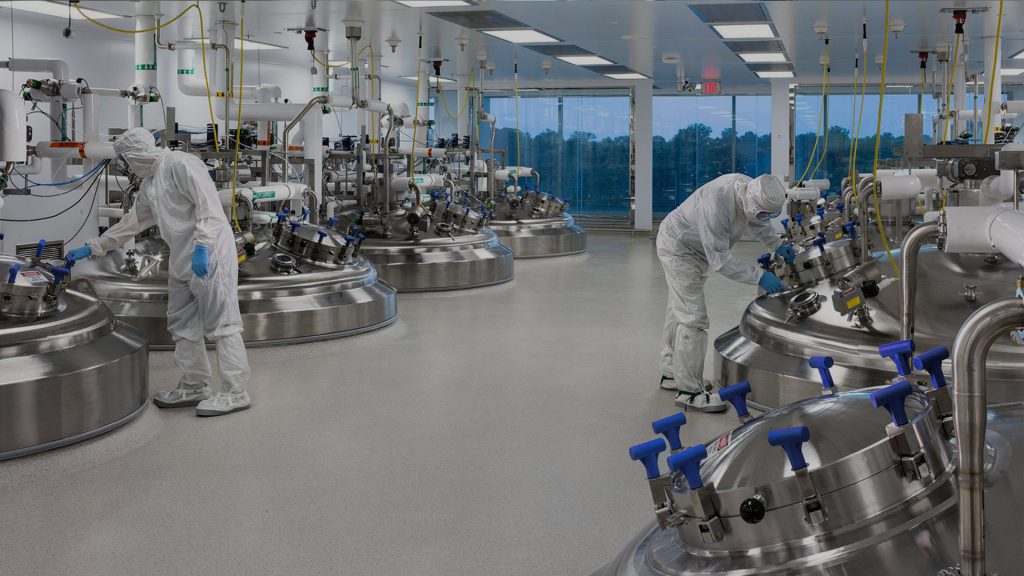R&D Pipeline: balanced with a focus
The number of research and development programs is increasing year by year with a strong focus in two key areas: respiratory, neonatology.
Respiratory
Respiratory is a core area of R&D expertise, which has delivered significant value for the company and continues to expand to meet areas of unmet medical need in asthma, Chronic Obstructive Pulmonary Disease (COPD) and other respiratory diseases
Foster is a key revenue driver for the future of the company, but it also remains a highly significant element of R&D activity as we roll out a powerful life cycle management program.

DPI a novel inhalation therapy
Administration of drug molecules by inhalation route for treatment of respiratory diseases has the ability to deliver drugs, hormones, nucleic acids, steroids, proteins, and peptides, particularly to the site of action, improving the efficacy of the treatment and consequently lessening adverse effects of the treatment. Numerous inhalation delivery systems have been developed and studied to treat respiratory diseases such as asthma, COPD, and other pulmonary infections. The progress of disciplines such as biomaterials science, nanotechnology, particle engineering, molecular biology, and cell biology permits further improvement of the treatment capability. The present review analyzes modern therapeutic approaches of inhaled drugs with special emphasis on novel drug delivery system for treatment of various respiratory diseases.
DPIs provide better physicochemical stability and deep lung deposition using the patient’s respiration. Additionally, they do not require cold chain storage or reconstitution of powders into solutions for nebulization. Lactose monohydrate is the most commonly used excipient (i.e., carrier) in DPI formulations. Mixtures of the lactose with drug are commonly described as ordered or interactive mixtures, which are simpler to handle during the manufacturing than the micronized drug alone. Drug particles should loosely adhere to the lactose (carrier) particles and, during inhalation in the turbulent air stream which is produced, the drug particles detach from the lactose (carrier) particles and are made accessible for deposition into the lungs. Larger carrier particles normally impact the oropharyngeal region.
The carrier also offers mass to the DPIs, which enhances the handling, dispensing, and actuation of the micronized drug, which is of actual significance for low dose DPIs such as steroids (typical dose per actuation: 50 𝜇g to 500 𝜇g).In order to confirm effective delivery of the drug, it is crucial that adhesive forces between the drug and carrier are not so strong that separation from the carrier is prohibited. The equilibrium between adhesive and cohesive forces should be in tune to confirm sufficient adhesion between drug and carrier so as to provide a stable formulation (homogeneous blend with good content uniformity) but with an adequate detachment of drug from the carrier on inhalation. It has been recognized that the efficiency of a DPI formulation is greatly dependent on the particle size distribution, fine-lactose content, lactose source, the inhalation flow rate, and dispersion capacity of the respective DPI device.
With the growth of disciplines such as biomaterials and materials science, nanotechnology, particle engineering, molecular biology, and cell biology have gotten rapid development in the field of novel drug delivery systems (NDDS). these NDDS in the field of western medicine have been extensively studied and applied clinically. The development of NDDS based DPIs has the potential to overcome issues associated with the carrier as a critical component of the formulation. Moreover, they are expected to accomplish various key requisites like aerosolization properties of the formulation, physicochemical characteristics of powder, stability, biocompatibility, and biodegradation without any adverse effect.
Submit your idea
Kindly fill out the form below and attach a copy of your business plan or company presentation. We look forward to working with you.

